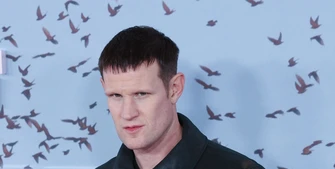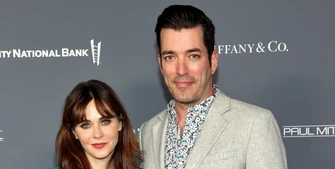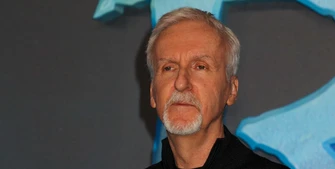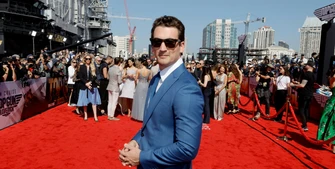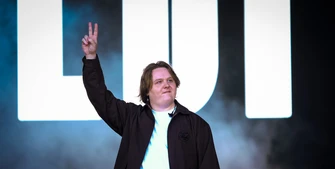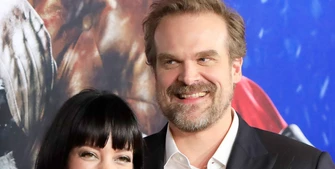Björk's 'flexible' touring schedule means she can 'actually have a life'
Björk says she has "gently fought" the "macho way" of touring since she was a teen.
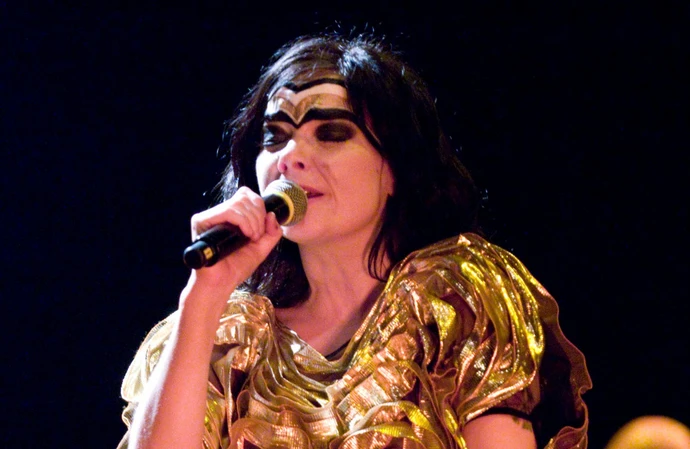
Björk created a touring schedule that means she can "actually have a life".
The 59-year-old Icelandic singer-songwriter shunned the traditional way of touring city-to-city following the release of her 2011 album 'Biophilia' and now plays a batch of dates in the same venue before moving to the next place to afford herself more downtime.
Björk told The Guardian newspaper: “The nuts and bolts are more flexible. Maybe being a woman, or a matriarch, or whatever, I try to make it more that people can actually have a life.
“I have gently fought, since my teenage years, this macho way of how people organise both films and tours. ‘Oh, let’s now work 18 hours a day, every single day, until everybody throws up.’ I always wanted to coexist.”
She continued: “You can have a personal life.
You can have your kids. You can have your partners there. I’m not saying I’ve succeeded, but at least I’ve tried to create a world that is more open to things like that.”
Last year, Björk didn’t tour as a live performer but opted for a series of DJ sets.
Her last tour was the ‘Björk Orkestral’ series, which took place between 2021 and 2023, and saw her perform unplugged.
Meanwhile, Björk recently released 'Cornucopia: The Book', chronicling her immersive concert tour of the same name, which ran between 2019 and 2023.
She said on Instagram: “Before this tour, I spent a decade working with 360-degree sound and visual software in virtual reality and animation, creating ‘Biophilia’, the first app album, and later ‘Vulnicura’ as a VR album. I was deeply inspired by the idea of a fully-immersive experience, spending a spring in an Icelandic lighthouse, spreading Utopia into fully surround speakers. My intention was to bring what we had created for 21st-century VR into a 19th-century theatre—taking it from the headset to the stage.”
She continued: “This vision was realized with 27 moving curtains that captured projections on different textures and LED screens, creating a digitally animated show: a modern lanterna magica for live music. I also wanted to feature bespoke instruments: a magnetic harp, an aluphone, a circular flute, and a reverb chamber, specially built with an audio architect to enhance the most intimate version of a performance—in a personal chapel. (sic)”



